Mean Streets (1973) – Fifty Years On: In 1973, Martin Scorsese made his third feature film, Mean Streets. Fifty years later, it is easy to spot this film’s impact on the career of one of America’s great filmmakers. After the mixed reception received by his first two films (Who’s That Knocking at My Door (1967) and Boxcar Bertha (1972)), this film represents the moment that Scorsese’s career sparked into life.
The film follows Harvey Keitel’s character Charlie, as he balances his loyalty to his friends with the opportunities presented to him by members of the criminal underworld. His main concern tends to be his hot-headed, carefree, younger friend Johnny-Boy (played by Robert De Niro), who owes money to multiple loan sharks. The film centers around Charlie’s doomed efforts to walk the tightrope between his loyalty and his security in a world of constant backstabbing and front-shooting.
Mean Streets (1973) established the filmmaking style, iconography, and ideology that would become the trademark of all Martin Scorsese films for the next half of a century.
Scorsese and New York City
In the twenty-first century, the name Martin Scorsese is synonymous with the cinema of New York. However, when Mean Streets (1973) was released, the city’s cinematic representation was in a period of revival which left the Queens-born director in tough competition. The ‘New Hollywood’ era (or American New Wave) started in the late 1960s, and one immediate change was an increase in on-location shooting in mainstream American cinema. New York City soon became an increasingly popular location for New Hollywood directors. Films like Midnight Cowboy (Schlesinger, 1969) and Klute (Pakula, 1971) used the real city streets to represent the disillusionment of New York’s population in a decade that saw widespread rioting and social upheaval. Therefore, when Scorsese made Mean Streets, he was adding to a cinematic discussion of the city’s position in the late 1960s and early 1970s America.
However, Martin Scorsese took it further than previous filmmakers, representing the constant threat of violence in New York’s criminal underworld in a way that puts the viewer constantly on edge. Every conversation, even between friends, feels like it is just one wrong word away from turning into a shootout, and around every corner is someone Johnny-Boy cannot afford to bump into.
One way in which Martin Scorsese uses New York City to create this feeling of nervous energy is through his use of cramped settings. For much of the film, the characters are placed in tight, small, restricted positions. Many of the film’s key moments take place in small hallways, bathrooms, small apartments, cars, or back rooms of the bar. This gives the film a claustrophobic quality, which adds to the impact of the New York setting.
This only differs when Charlie is with Teresa (Amy Robinson). She takes him to the seaside, and the pair are finally outside the tight interior settings where they had previously been stuck. Teresa represents Charlie’s opportunity to escape this oppressive world as she tries to convince him to leave with her. Her efforts are without reward, however, as Charlie tells her he hates the sun, the ocean, the beach, the sand, the grass, and the trees, and he wants to go inside. When Charlie escapes the tight New York City settings, all he can think about is returning to them.
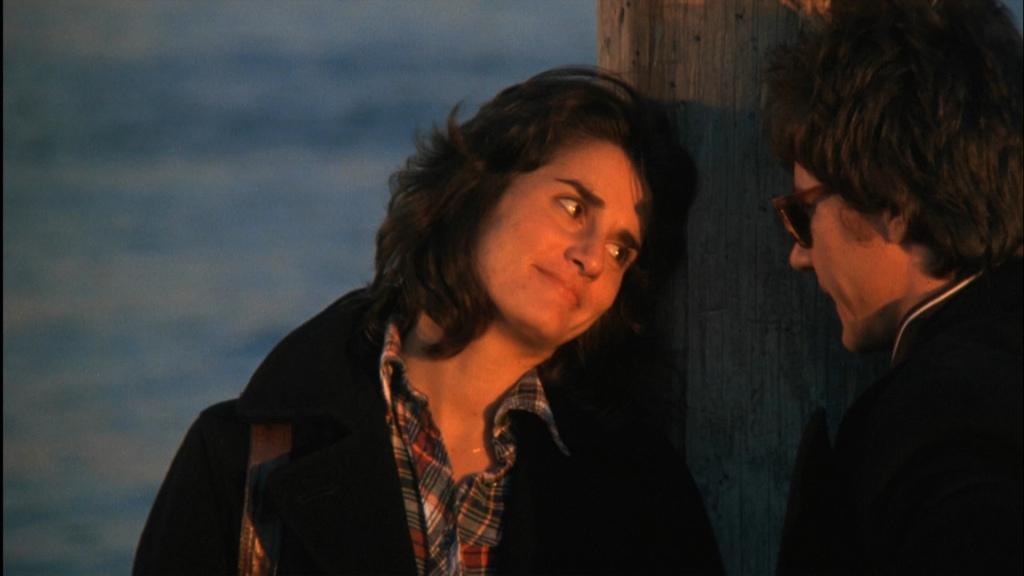
In one scene, a character even gets into a cage with a lion. This works perfectly as a visual metaphor for these people’s situation, trapped in a confined space with a world that could tear them apart at any moment. But, just like the lion’s cage, the characters have entered this tight, restrictive world out of their own choice; in order to survive for much longer, they must leave the cage before the door slams shut. The New York criminal underworld is presented as a vicious yet small space that deprives anyone who enters of any freedom. Once Michael and Johnny-Boy were in, they had no way of escaping.
In Mean Streets, New York serves as a key element of the story, with its trash-filled streets laying out a graphic representation of the world in which its characters live.
Recommended Read: Is ‘Taxi Driver’ A Feminist Tale?
Martin Scorsese: Religion and Visual Style
Raised a Roman Catholic, it is unsurprising that religion has played a key role in Scorsese’s directorial filmography. In some cases, the link between religion and the film is explicit, as in The Last Temptation of Christ (1988) or Silence (2016). In other films, the use of God’s Eye view shots gives a spiritual undertone, including the mise en scene throughout Taxi Driver (1976).
Mean Streets (1973) could be considered as a mix of both, with religion as a primary theme in both the subtext and the text. In his 2003 retrospective, Roger Ebert explained that this film is “not primarily about punk gangsters at all, but about living in a state of sin.” To further his point, Mean Streets’ expression of sin is perceived in one of the main character’s very first scenes of the film, much before any link to the mob is explicit. Charlie enters a church and feels the flame of a candle whilst his voice-over discusses the horror of eternal suffering. The next scene depicts Charlie in a world that is the antithesis of the church where we first met him. Dancing around a sleazy bar, Charlie seems to have resolved his mental battle with the fear of damnation, at least for the time being.
As the camera tracks, in slow motion, towards Charlie, who is surrounded by smoky, red light, it would be impossible for any viewer to be unaware of which director created Mean Streets. At this very moment, eight minutes into the film, Scorsese sets out the visual style with which he would be associated for the rest of his career. The director often uses red lighting to present a setting as sinful, but this is perhaps the most direct use of this kind of visual symbolism.
The bar is the film’s home for all of the things that would cause guilt in god-fearing Charlie’s life- the drugs, the gambling, the crime- and the directors’ use of the color red gives the setting a hell-like atmosphere that perfectly juxtaposes the white candle light from the church in the scene before. Charlie’s character being introduced in each of these two settings seamlessly presents the audience with his interior struggle between heaven (the church) and hell (the bar), between right and wrong, and between his guilt and willingness to work for the mob.
Influence of Mean Streets
Along with red lighting, Martin Scorsese established many of the other elements that would become trademarks of his style of filmmaking, including whip pans, freeze-frames, voice-overs, and the use of popular music throughout. However, it is not only Scorsese’s career that Mean Streets has greatly impacted. The influence of the film can be seen in Wong Kar-Wai’s debut feature, As Tears Go By (1988), which tells a similar story of young men fighting between maintaining relationships, loyalty towards each other, and life in crime.
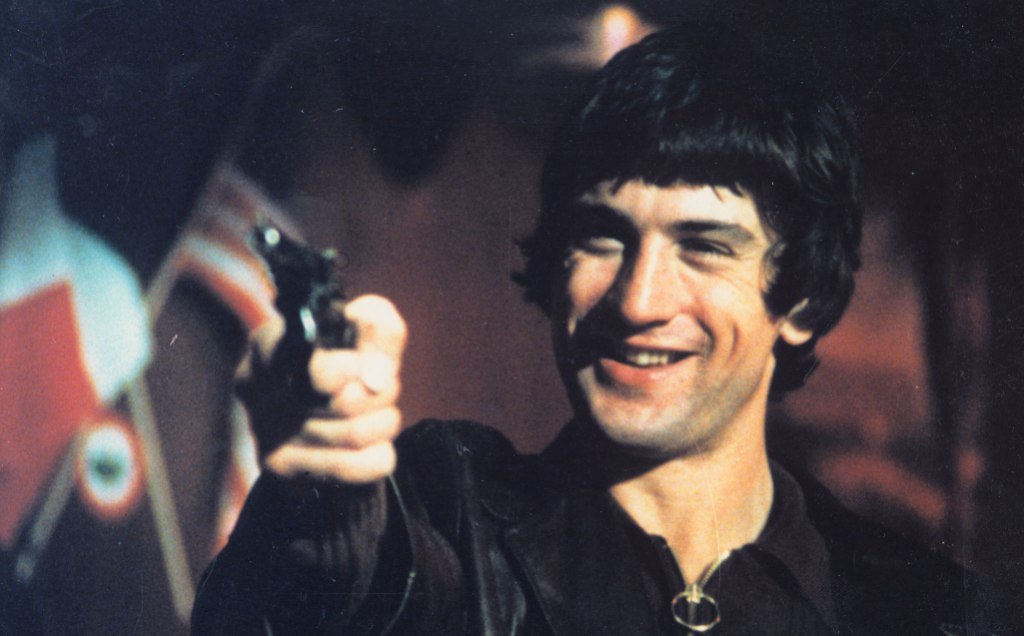
Less explicit influence can be seen throughout the gangster genre, which saw a resurgence in popularity and success in the 1970s. Robert De Niro and Al Pacino became big-name actors in the gangster film, arguably becoming the first actors since James Cagney to be so closely linked to this genre. The death of the Hollywood noir in the late 1950s had been a blow to gangster stories on screen, and the sixties were devoid of major American gangster films. Directors like Francis Ford Coppola (with The Godfather (1972)) revived the mob’s film prescience, and Scorsese would continue to keep it alive right into the 2010s.
In fact, Scorsese’s latest gangster epic, The Irishman (2019), almost works as a perfect bookend to Mean Streets, representing a mobster at the end of his life, reflecting on the remorse he feels for the life he led. De Niro’s performance as Frank Sheeran is in complete contrast to his brash, confident, young-spirited Johnny-Boy role. Although Frank is the older character, he lives to see the end of his film, unlike De Niro’s character in Mean Streets. Frank lives long enough to realize that he regrets what he has spent his life doing, whilst Johnny-Boy would never get the chance to.
Mean Streets would start the debate that The Irishman would conclude over forty years later.

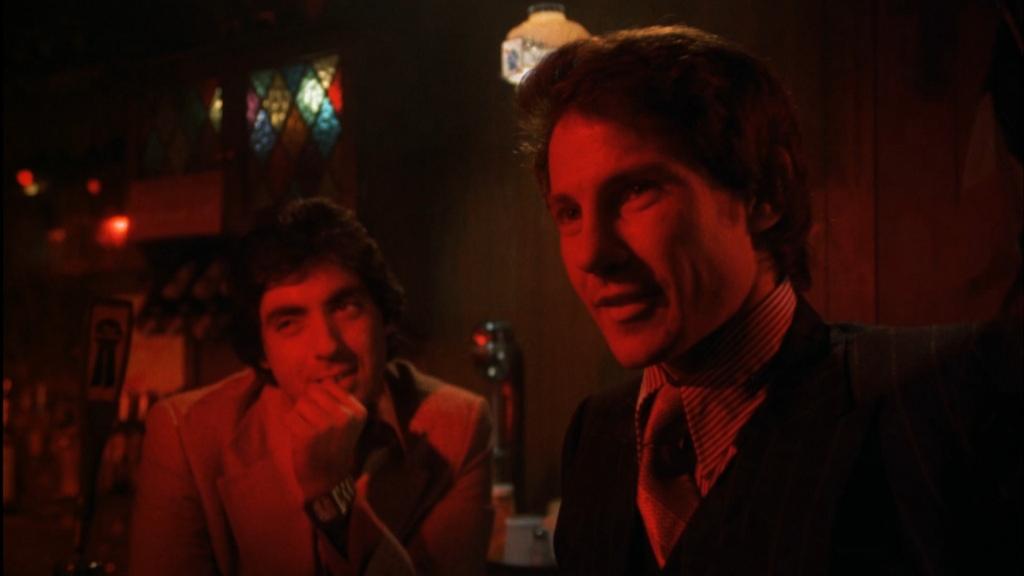
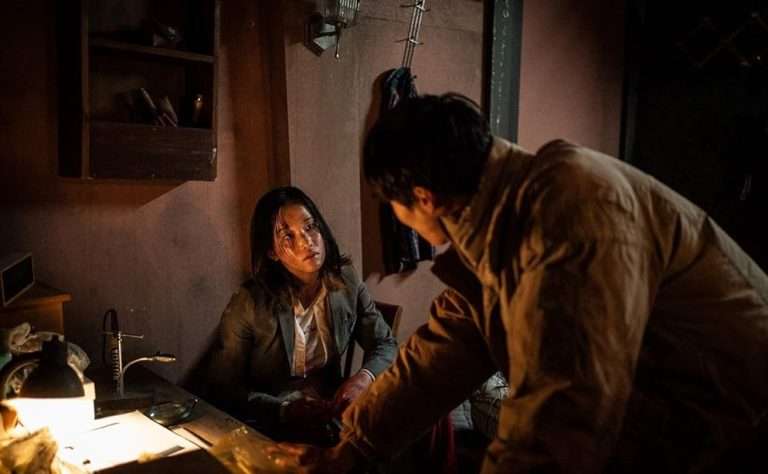


![Beyond The Hills [2012]](https://79468c92.delivery.rocketcdn.me/wp-content/uploads/2016/05/beyond-the-hills-movie-768x423.jpg)
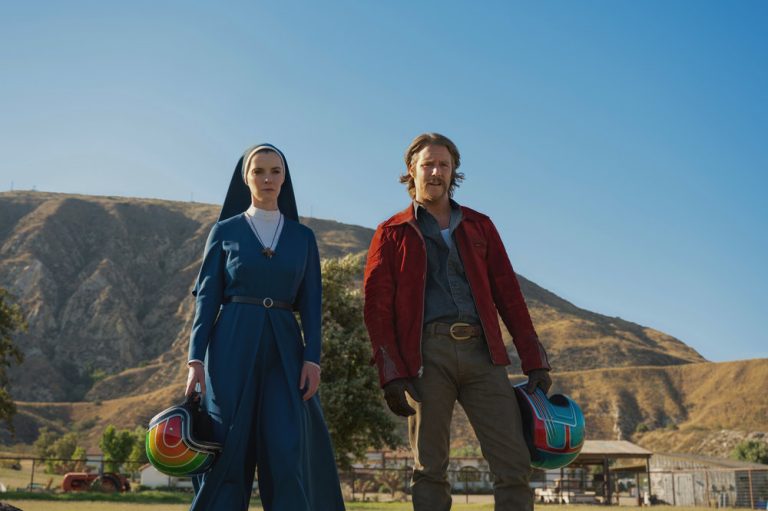
![The Gentle Indifference of the World [2018]: ‘Cannes’ Review](https://79468c92.delivery.rocketcdn.me/wp-content/uploads/2018/05/TGIOTW_CANNES_HOF1.png)